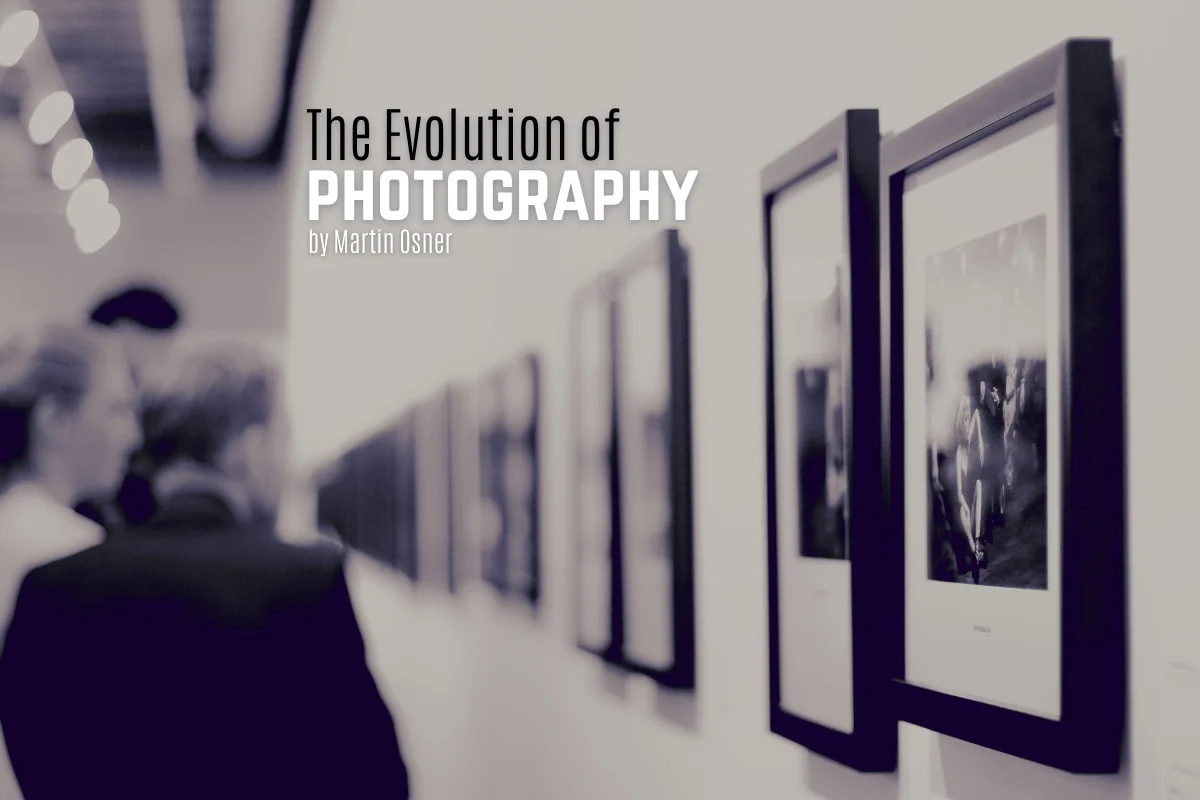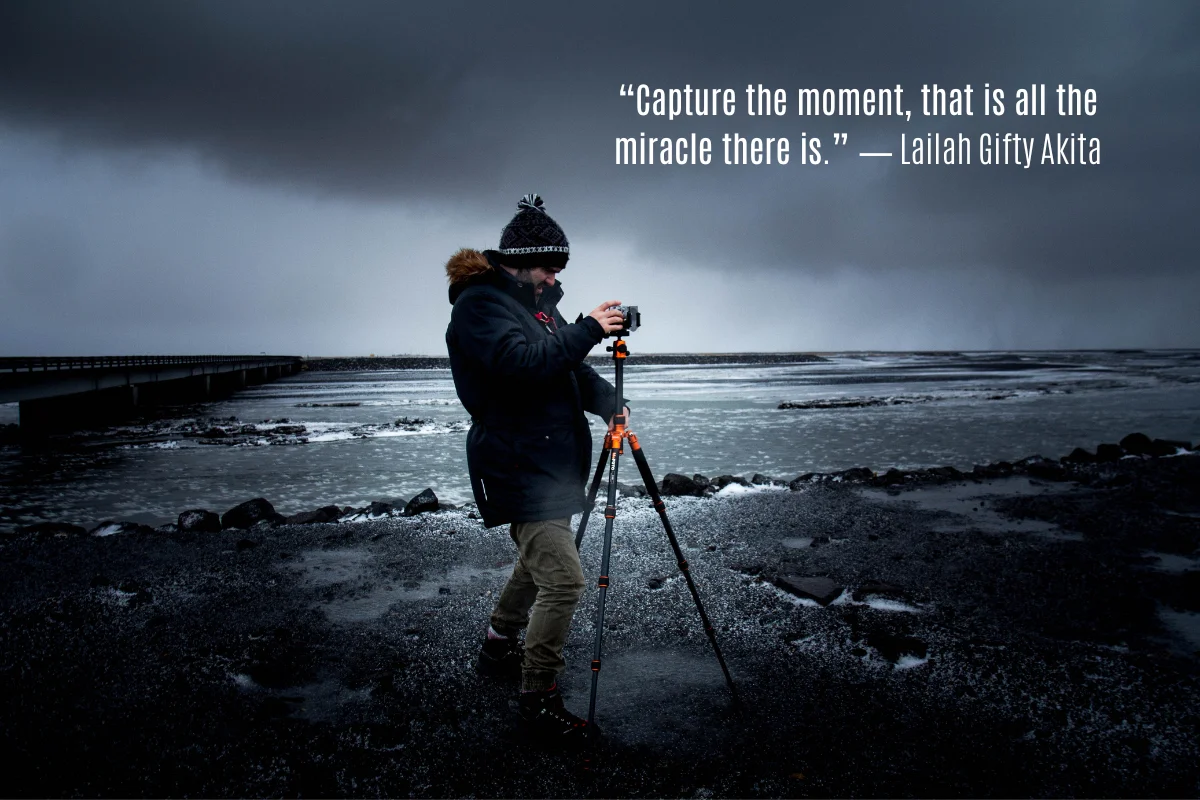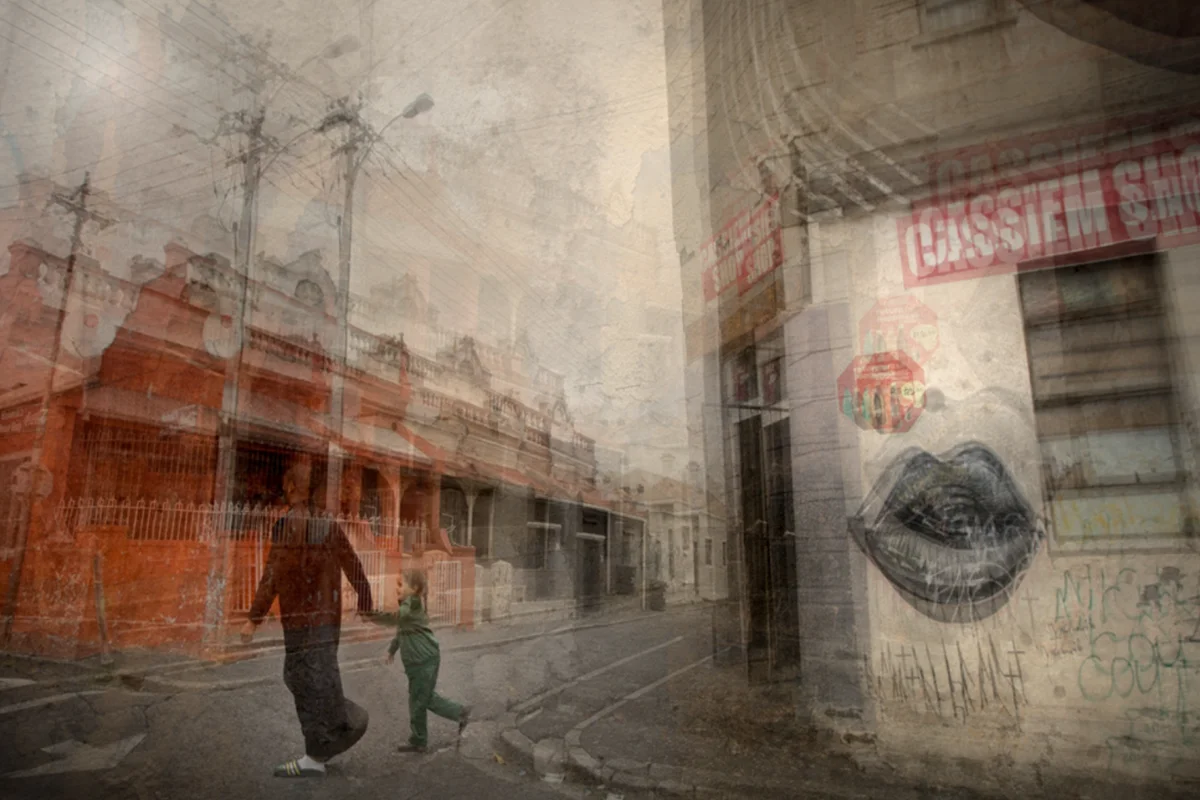
Exploring the Essence of Photography and its Evolution into Art.
Very often, photographers and artists find themselves pondering the distinctions between photography, art photography, and fine art photography. Answering this question can be quite challenging due to the overlapping definitions of these disciplines. The lines between them are often blurred. However, I will attempt to shed some light on the differences to provide clarity for those interested in engaging with these artistic practices. Let's begin with the simplest term, photography.

Photography
While this brief introduction can't possibly encompass the myriad facets and disciplines of photography, the medium offers much more. Photography, to put it simply, is about capturing a moment in time. It's incredible how a camera can freeze a fleeting instant, preserving it for eternity. The beauty of photography lies in its ability to serve various purposes: recording events, documenting history, or even expressing artistic vision. Depending on the photographer's intent, a photograph can fall into the categories of art photography or fine art photography.
What's truly fascinating about photography is its remarkable charm for mirroring society. With each click of the shutter, a photograph captures a specific composition within a given timeframe. It's like a slice of reality, a small window into the world as it was at that precise moment. While we may not see the complete scene or fully understand the context in which the photograph was taken, this limitation adds to the allure and mystery of the medium.
Photography is often hailed as a form of realism, as it captures genuine moments that reflect our society's diversity, struggles, and triumphs. Each photograph tells a unique story, and as viewers, we have the privilege of interpreting and immersing ourselves in these frozen snippets of time. It's a powerful form of communication that transcends language barriers, allowing us to connect with people and places beyond our immediate surroundings.
In its essence, photography involves using a camera to capture a moment in time. It can serve various purposes, such as recording events, documenting history, or even expressing artistic vision. Whether a photograph falls into the categories of art photography or fine art photography depends on the intent of the photographer. Photography is renowned for its ability to freeze a moment and deliver a snapshot of society. It is a form of realism that captures a specific composition within a given timeframe. While viewers may not see the entire scene or know the context in which it was photographed, this limitation adds to the beauty of the medium.
Photography as Art
For some photographers, the allure of the medium lies in the technical challenge of creating the perfect high-quality image. They meticulously work with light, composition, and image processing techniques to achieve a pure and flawless image capture. The pursuit of technical excellence becomes their driving force, and they find joy in mastering the intricacies of the craft.
On the other hand, there are photographers who find inspiration in the inherent inconsistency of the photographic process. They see the medium as a tool for artistic exploration, embracing imperfections and unpredictability as part of the creative journey. They intentionally push the boundaries, experimenting with different techniques, alternative processes, or unconventional equipment to achieve unique and expressive outcomes. The artistic aspect of photography lies not only in the final result but also in the creative process itself.
These two approaches to photography, the pursuit of technical perfection and the exploration of artistic outcomes, demonstrate the versatility and richness of the medium. It offers room for both precision and experimentation, allowing photographers to express their vision and create diverse bodies of work. Whether driven by technical mastery or artistic exploration, photographers find fulfilment in the endless possibilities and creative freedom that photography provides.

Art Photography
Art photography can be considered a more decorative form of photography, offering a softer and more subdued approach. In a broad context, art photography images are destined to be displayed on walls, featured in magazines, or included in portfolios to add visual interest. Art photography typically avoids strong political, religious, or personal viewpoints. It appeals to individuals who desire aesthetically pleasing and tranquil artwork to adorn their spaces. Art photography is a popular choice for interior designers aiming to create a less personalised space with a decorative theme, for example when designing interiors for hospitality, companies, or public spaces.
Techniques used to achieve an art photography result can include normal single-shot photography as well as images created using camera movement (ICM), in-camera multiple exposures, and other artistic techniques such as the use of filters. Art photography can also be created by combining mixed media and traditional art mediums with photography. Generally, art photography features subjects that are abstract, historical, quirky, etc., catering to a broad audience without visually challenging them. In summary, art photography hangs quietly on display, behaving itself as a subtle yet captivating addition to visual aesthetics.

Fine Art Photography
Unlike art photography, fine art photography usually finds its place in galleries and with collectors rather than public spaces. It is intended for exhibition. Fine art photography carries a message, evokes emotions, or sparks contemplation. The artist, in most cases, imbues the work with their personal viewpoints, visions, and artistic expression. Fine art photography is often found in limited edition coffee table books and exhibited in galleries, both physically and online. These pieces are usually numbered, signed, and endorsed by the representing gallery, and they can embody high monetary value.
Fine art photography incorporates technical photography norms, but it also challenges and employs them incorrectly to achieve specific effects or deliver emotive messages. The concept or storyline behind fine art photography is typically established before the photographs are realised.
Additionally, the popularity and value of a fine art photograph are often directly connected to the reputation and recognition of the artist who created it. The established name and artistic stature of the photographer can significantly influence the desirability and market demand for their fine art works. Collectors and art enthusiasts often seek out photographs by renowned artists, recognising their unique vision and contribution to the field. The artist's reputation can elevate the perceived value and investment potential of a fine art photograph, making it a sought-after piece among collectors.

In Summary
It is important to note that the information presented in this article provides a general understanding of the distinctions between photography, art photography, and fine art photography. While the definitions and boundaries can be somewhat fluid, this discussion offers a framework for categorising and understanding these artistic disciplines. It is crucial to remember that artists and photographers may not initially have the intent to create work specifically tailored for art photography or fine art photography. However, as they explore their archives and categorise their images, they may find themselves gravitating toward one of these fields. Navigating the nuances of photography, art photography, and fine art photography may be challenging, but hopefully this article can help photographers and photographic artists at least place their work within the appropriate context.
I welcome your feedback, Kind Regards Martin